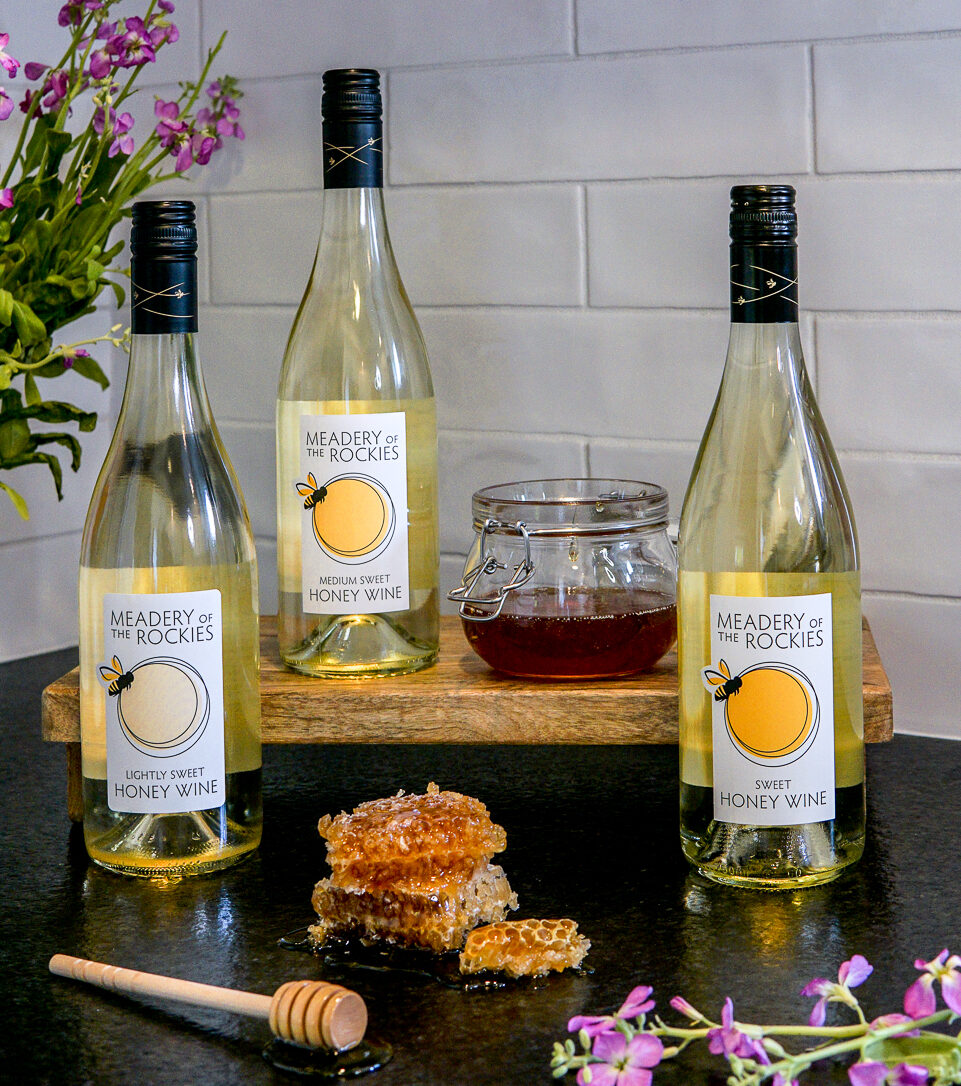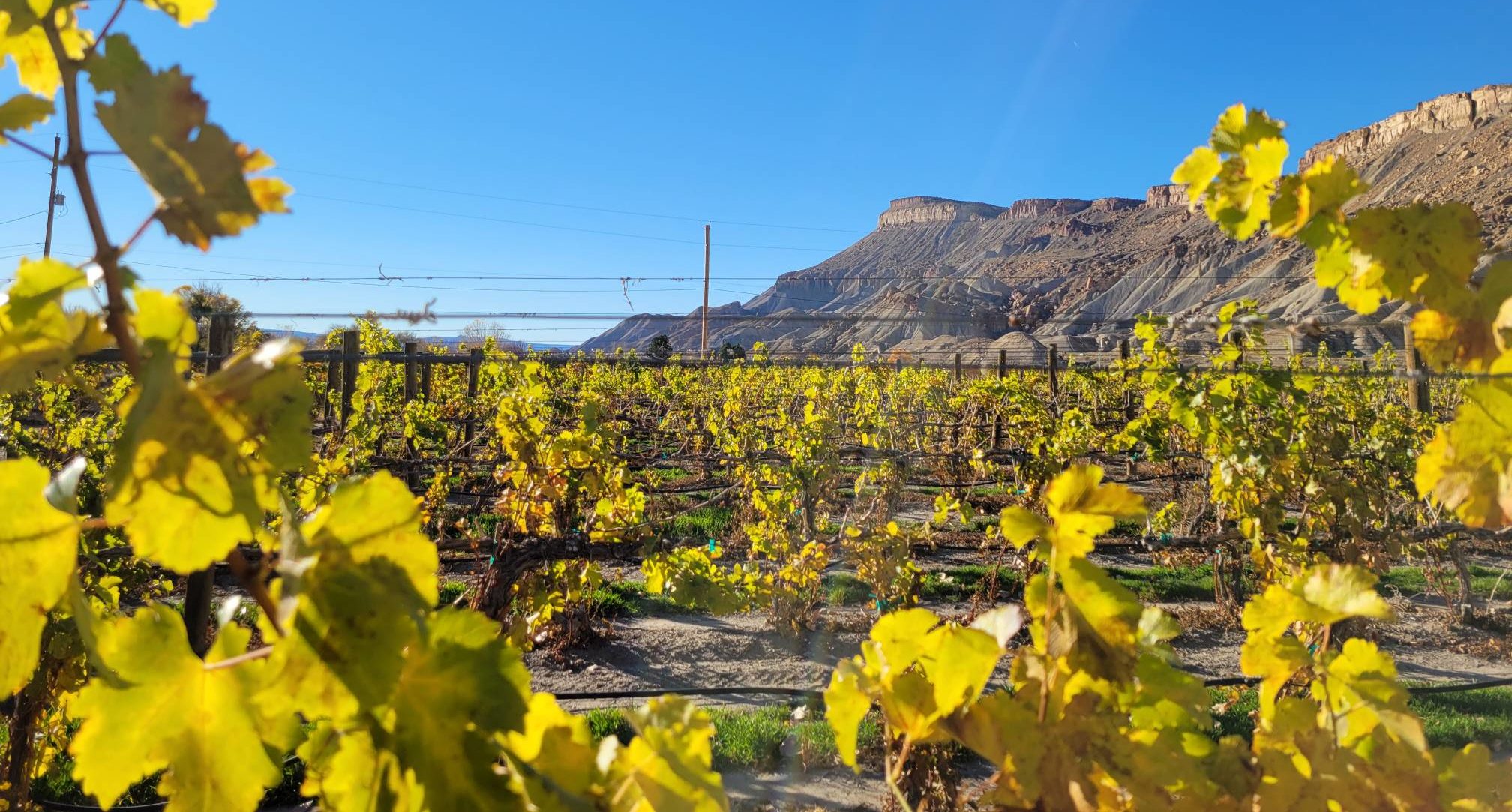Lavender
Lavender is a household plant, used in hundreds of household and daily items. It’s used in lotions, bath salts, cleaning compounds, pressed into essential oils, and generally sought after for its soothing smell and feel. Aside from being a nice smelling, purple flowered plant, though, what exactly is lavender? How does you grow and harvest it? Read on to find out more about this versatile and universally beloved plant.
What is Lavender?
Lavender is actually (and probably surprisingly) an herb within the mint family. Hence, its distinctive scent. Lavender is believed to be native to Europe, the Mediterranean (where it most commonly grows today), and the Middle East, and has been used by humans for thousands of years for its purported medicinal and therapeutic benefits. The English name lavender originates from the French lavandre – which itself stems from the Latin lavare – which means to wash. This may refer to how aromatic herbs such as lavender were used in washing clothes in ancient times.
How to Grow Lavender
The plant grows as a perennial when exposed to constant, full sunshine. Well drained, slightly alkaline soil best suits lavender. If you decide to grow lavender, you can grow it from the seeds. But, note that germination takes several months. A faster way to grow the herb is to use lavender cuttings (lavender stems can regrow roots, like many leaf-bearing plants).
Regardless of whether you grow lavender from seeds, cuttings, or from repotting a new lavender plant purchased from the store, be sure to find a sunny spot, and water the plant consistently until it is nicely settled in the soil. Lavender may require watering once a week or more until the roots mature. After that, you can space out watering to every two or three weeks. Once the purple buds form, however, you can resume your more frequent weekly or twice-weekly watering until harvest.
How to Plant Lavender
Lavender is best potted or placed when the plant is young, and in the springtime. For roots to grow deep, at least slightly warm dirt is needed. Avoid planting in overly rich soil, as lavender best thrives in drier, rockier soil. Wet soil or marshy areas can spell disaster for lavender, as root rot can occur. However, as mentioned above, be sure to water two to three times a week post planting, until the plant is firmly rooted in the dirt.
How to Prune Lavender
Pruning, or removing dead stems and plant material, is crucial as it encourages new plant growth. Lavender is best pruned when flowering is over, which means pruning can occur anytime from late autumn to early spring. To prune, cut 1/3 down the plant’s stem. The older the plant, the more you can cut. But be sure not to cut all the way down to the wood.

How to Harvest Lavender
Keep in mind this handy advice when it comes to harvesting lavender: early spring, early bloom, early morning. Harvest in the early spring when the flowers are just starting to bloom, and in the morning, when the flowers are more open. If you harvest too late in the season, the blooms will not only be dry and faded, but their aroma will not be as strong. To harvest, all you need to do is snip the stems just above the leaves, a few inches below the flowers; pruning shears or plain scissors work. Tie the stems together and hang them upside down to prevent the flowers and leaves from flopping over.
How to Dry Lavender
Full sun is key to growing lavender. But when it comes to drying harvested lavender (in part to avoid mold or mildow), a sheltered, low-humidity area is best. Why? A shaded spot helps retain the color of the flowers. For virtually any purpose you have in mind for the lavender, whether using it for something or just keeping it to look at, the deep purple hue of well-preserved lavender is best.
Be sure not to tie the stems too tightly, and to separate large bunches of lavender into smaller bouquets; this allows air circulation among the blooms, and prevents mold. Drying time varies, depending on the climate where the plant is harvested, but normally takes a few weeks to a month. When lavender is completely dry, it will snap cleanly at the stem, rather than bend. You can also dry lavender upright in a vase with no water, but note that the lavender bunches will not dry as straight, as the tops will fall toward the side.
Lavender’s Many Uses
Lavender has been used for millennia to treat and soothe a variety of ailments, ranging from soreness, wounds, acne, insomnia, and anxiety. It can be used topically, or via aromatherapy. The scent of lavender often induces feelings of calm and focus, making lavender oil one of the most well-known essential oils. Studies have also shown that lavender also has anti-bacterial properties, and can be used in cleaning around the home. Lavender is even used in some of the world’s top wines.
Can You Cook with Lavender?
Whether fresh or dried, lavender can be safely used in cooking. Lavender tends to have a pleasant and slightly bitter taste, so use sparingly. Culinary lavender, or Lavandula angustifolia, is the best lavender type to use when cooking. It can be used in marinades, rubs or salads, and even baking to add an elegant, soft flair to any dish.
How is Lavender Essential Oil Made?
The increasingly popular essential oil is created using distillation. In a nutshell, flowering stems and tops are “steam stripped,” or put into a vessel where steam then passes through, vaporizing the essential oils. The steam, now carrying droplets of essential oil, is then piped out of the vessel and into water. Lavender oil is less dense than water, and therefore floats on top. The overall process of extracting lavender oil by distillation has remained the same over the centuries, though changes in equipment have made extraction more efficient.
Note: in most cases, lavender oil should not be consumed. However, it can be applied topically to the skin and scalp if you are not sensitive to the scent. You can also dilute lavender essential oil with water or other carrier oils to ease the scent and potency, as needed. If you haven’t purchased one yet, an essential oil diffuser is an especially great way to enjoy the soothing scent of lavender.




